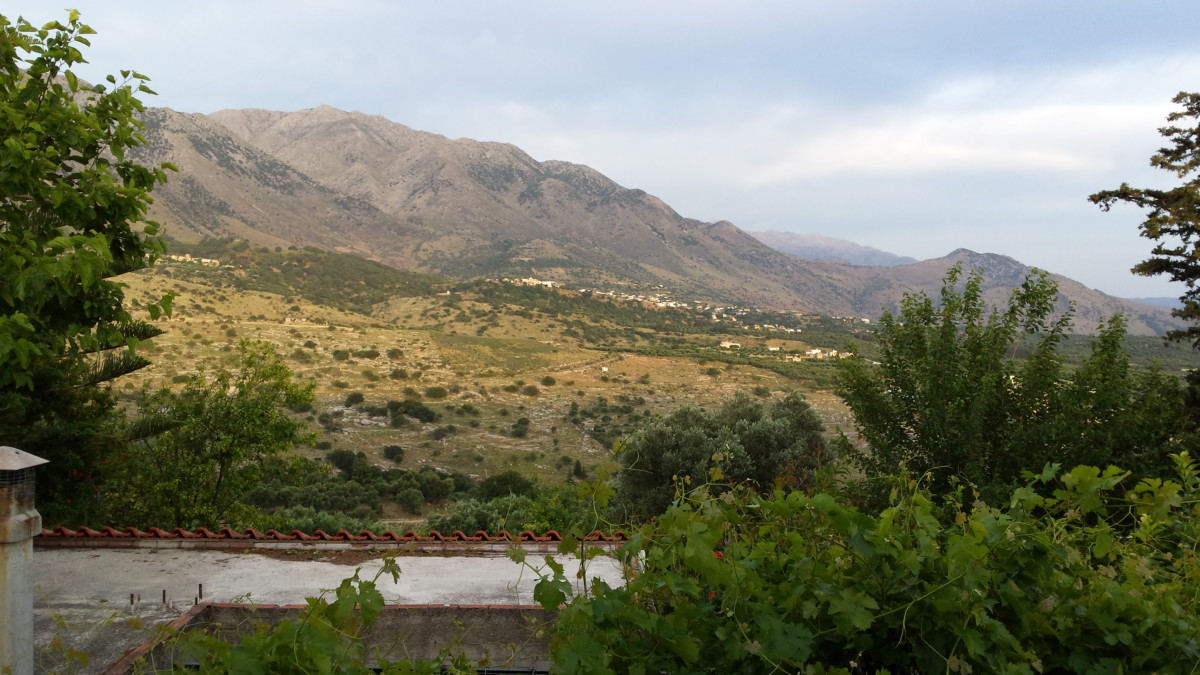May 27th
Prausas and Wellborns rented a small car and headed to Iraklion early today to see the Palace of Knossos and the Archeological museum. Les did the driving – grinding gears and stalling the car occasionally. But he told us he’s been driving stick shifts for 40 years. Patience Burke!
Bill and I took a much needed break and stayed home all day. I never left the house – mostly worked on laundry and my blog. It is taking a lot of time to keep these pages updated on the road. At this point I am only up to Samos. When it comes right down to it, I need a computer with a real keyboard and mouse to work quickly.
I copied John’s autobiography to a thumb drive as I’m in charge of getting it published. I futzed with his scanner and just got frustrated, vaguely remembering having these same problems years ago – no English version of the scanner’s drivers. It was a lovely day – sunny and dry and not too hot.
They visited the Palace of Knossos and the Archeological Museum in Iraklion.
Knossos was the capital of Minoan Crete. It is located about twenty minutes south of the modern port town of Iraklio. Knossos was inhabited for several thousand years, beginning with a neolithic settlement sometime in the seventh millennium BC, and was abandoned after its destruction in 1375 BC which marked the end of Minoan civilization.
Arthur Evans, the British Archaeologist who excavated the site in 1900 AD restored large parts of the palace in a way that it is possible today to appreciate the grandeur and complexity of a structure that evolved over several millennia and grew to occupy about 20,000 square meters. Walking through its complex multi-storied buildings one can comprehend why the palace of Knossos was associated with the mythological labyrinth.
According to Greek mythology, the palace was designed by famed architect Dedalos with such complexity that no one placed in it could ever find its exit. King Minos who commissioned the palace then kept the architect prisoner to ensure that he would not reveal the palace plan to anyone. Dedalos, who was a great inventor, built two sets of wings so he and his son Ikaros could fly off the island, and so they did. On their way out, Dedalos warned his son not to fly too close to the sun because the wax that held the wings together would melt. In a tragic turn of events, during their escape Ikaros, young and impulsive as he was, flew higher and higher until the sun rays dismantled his wings and the young boy fell to his death in the Aegean sea. The Labyrinth was the dwelling of the Minotaur in Greek mythology, and many associate the palace of Knossos with the legend of Theseus killing the Minotaur.





